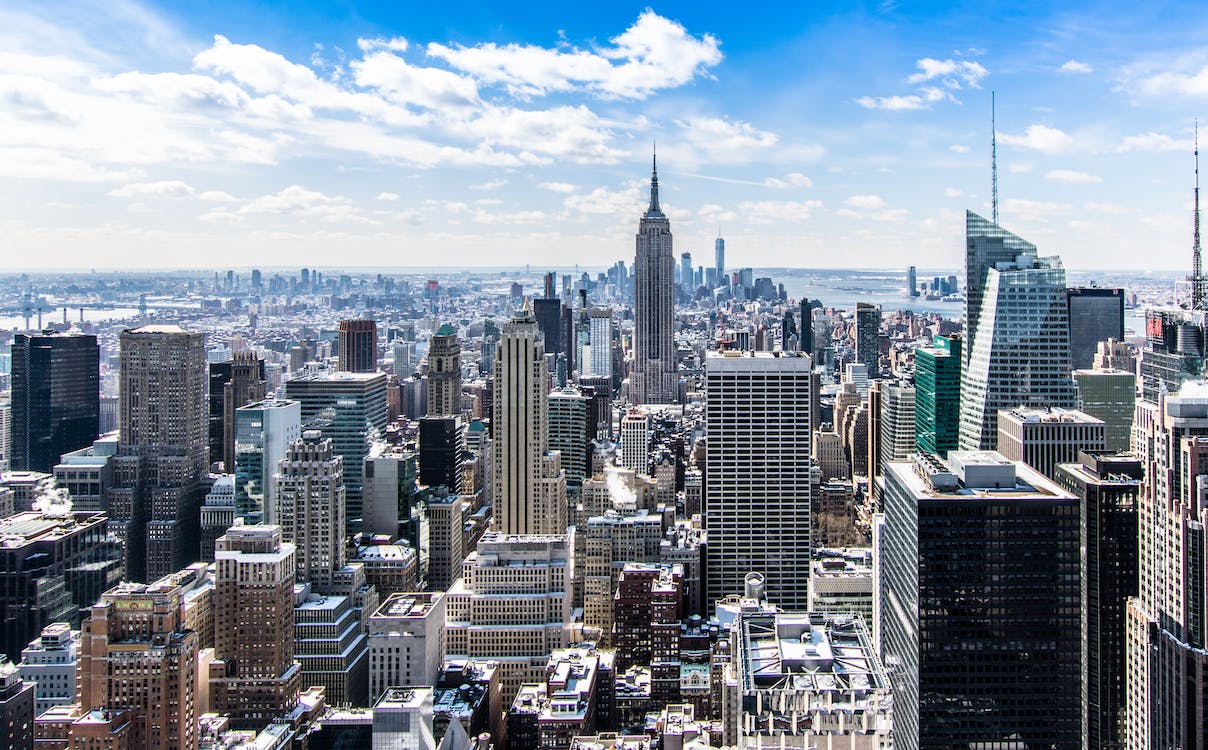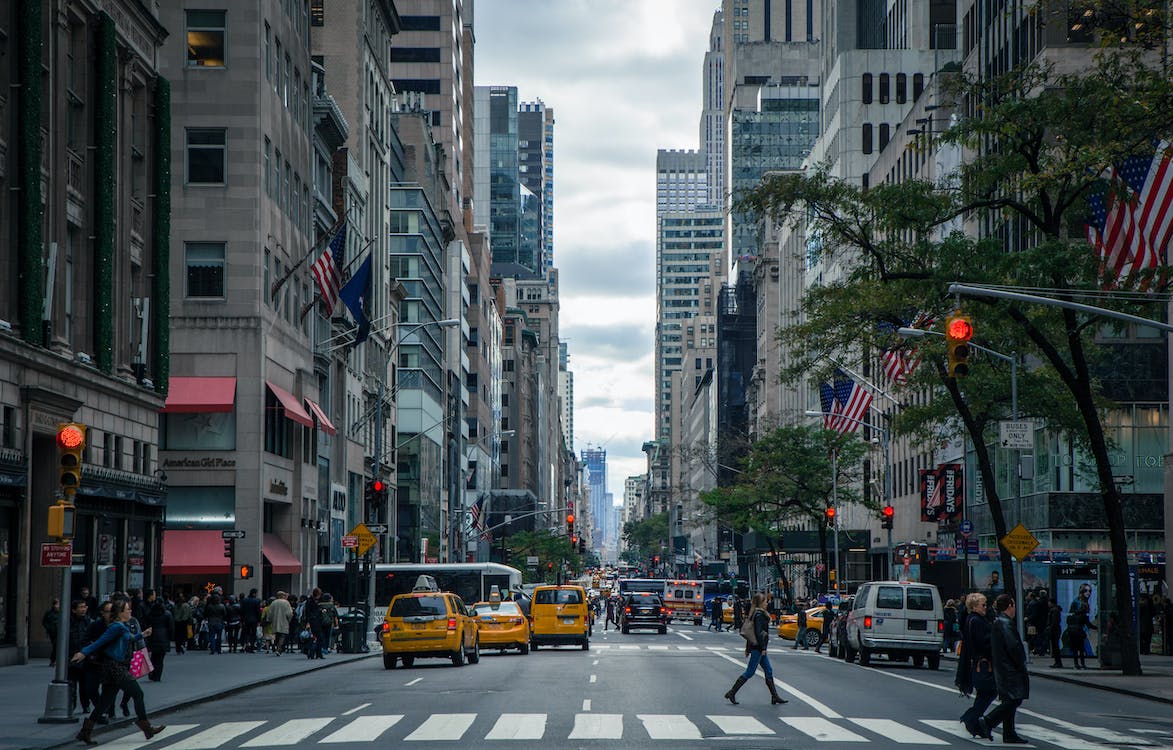On October 31st, World Cities Day was celebrated
Cities, transit, and the future of mobility; Institutional and sociocultural insights
1 de Noviembre de 2023

Human mobility and urban life
The need for rapid means of transportation of goods and people is a fundamental aspect of contemporary urban life. Advancements in sophisticated means of transportation and globalization have enabled humans to move quickly and frequently. In our daily routines, mobility is, indeed, a pervasive element in most human activities: there are places we visit and depart from (e.g., work, school, church, gym, airport, etc.) for which we usually depend on motorized vehicles.
Cities drive social change; they host economic, political, and cultural institutions, and they serve as the major hubs of financial markets. Cities and vehicles are intricately linked; urban spaces are essentially motorized spaces, encompassed by the constant movement of cars, buses, trucks, and motorcycles. However, despite its advantages, the mobility centered around vehicles, as we know it, presents certain challenges for the quality of life and sustainability in cities. In this piece, I address some of the trends and concerns urban planners and policymakers face managing mobility needs in the context of the New Urban Agenda.
Motorization and the urban space
Motorization and urbanization processes go hand in hand. As a World Bank study puts it, “motorization is a key part of a country's development process, and, indeed, is inevitable.” As urbanization continues to consolidate well into the 21st century, estimates suggest that by 2050, 68% of the world's population will live in cities and about 85% by year 2100. Consequently, there will be a greater need for means of transportation.
In contrast to developed countries, where the norm is to use public transportation, in developing countries car ownership is not just about the need for transportation; it is also about it's symbolic value for an individual’s sense of progress; particularly in the developing world, for a household, a private car vehicle is an indicator of upward social mobility.
Although vehicles serve an important function in society, motorization has a significant negative impact on cities and the quality of life for people. For one, safety is one of motorization’s major concerns. Road accidents cause injuries and death; every year, about 1.3 million people in the world (about the population of New Hampshire) die by a traffic crash, and “between 20 and 50 million suffer non-fatal injuries” because of or in motor vehicle accidents.
Motorization also has an impact on air quality. Air pollution has been associated with several health conditions such as strokes, heart disease, and respiratory infections etc., of which vehicle-generated emissions are a key contributor.
In low and middle-income countries where spatial planning is weak, the pervasiveness of motorized vehicles in the public space can restrict people's right to the city. In part, this occurs when there is little institutional oversight on vehicles making use of public space.

Enter the future of mobility
The dilemma of planning for an efficient mobility ecosystem in tandem with the pursuit of healthy urban environment can be puzzling. Can cities achieve both? I want to highlight two ways by which a sustainable urban mobility system can be achieved:
- One way is about urban “hardware”: current and emerging technologies enable city policymakers to move towards more fuel-efficient vehicles. Also, planning and implementation sustainable transportation schemes require investments in adequate infrastructure so that vehicles and people can commute and share the public space in a sustainable manner.
- The other way is about “software” or collective mindset in the urban context,’ i.e., the attitudes and practices that permeate the sociocultural norms at institutional and individual levels in a city.
On the “hardware” aspect, the trends emerging in the mobility industry are promising. City policymakers can count on an array of innovations and tools that can catalyze the transition towards sustainable urban mobility. Here are a few trends we need to prepare for and take advantage of:
- The rise of Mobility as a Service (MaaS): one of the most thought-provoking trends of the future of mobility. It completely reframes the way society thinks of motorized transportation. The MaaS model means that instead of owning a car (with all its associated expenses) users pay for the service of being transported from point A to B, in a fuel-efficient vehicle that accommodates the user’s needs.
- People are increasingly looking for non-motorized mobility; some reports refer to this trend as “micromobility,” that includes bikes and scooters. That will require profound changes to the pedestrian infrastructure as well as safety assurances.
- Autonomous vehicles are closer than they appear. Smaller, more efficient mass transit systems will be used for short city rides. These vehicles also are the basis for the robo-taxi model.
- Cargo transportation will increasingly rely on efficient trucks that are electric and autonomous. More sophisticated means of cargo transport are on the horizon, and we might see a change in the container-type of truck as we know it.
Addressing the “software” aspect of mobility is also necessary. Here are some suggested ideas to work on:
- In cities where private car riding is profoundly engrained in the culture, solutions such as MaaS or other mass transit alternatives require tackling on people’s willingness to change. The benefit is that instead of thousands of cars moving single passengers, more people per vehicle would be the norm and thus reduce the number of single-user cars.
- Ride sharing will become normalized; survey data have shown that most people “are willing to use a shared autonomous shuttle with up to three other travelers”. There needs to be however a legal framework that can regulate how these platforms will operate within the contours of a government oversight.
- From individual-led motorization to sustainable mass transit solutions: in cities where the upper/middle-classes are reluctant to use public transportation, city planners need to find ways to disincentivize individual car use. In fact, some cities are disincentivizing car ownership altogether.
Mobility in a sustainable city
The New Urban Agenda challenges urban policymakers to embrace mobility as an opportunity to make cities more livable. Cities in the global south may face financial and political difficulties to adopt such an agenda that goes beyond business as usual in city management. Yet if hard choices are not made now, urbanization will continue to expand and so will the issues it poses for a healthy urban environment too.
Cars are a man-made device that in addition to transporting us from place to place, they portray a sense of freedom and enjoyment. However, the key takeaway of the ideas presented in this post is that we are in a good place to start planning and investing in mobility solutions that do not harm the environment and do not interfere as much with the public space that should be reserved for pedestrians.
Last, a sustainable mobility framework will find ways to make citizens engage more meaningfully and responsibly in the use and care of public space. That city is one that enforces its traffic rules, that praises norm abiding and condemns rule breaking. It is a city that encompasses the hardware and the software of human mobility, making it more amenable to citizens of all socioeconomic backgrounds, where no one is left behind.

 Locations
Locations